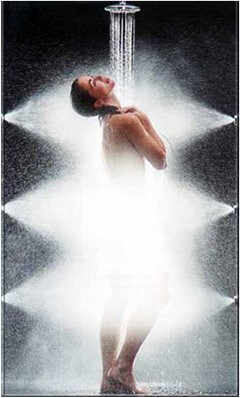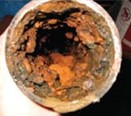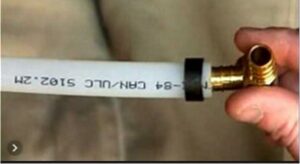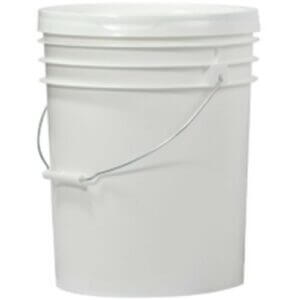Dennis Whitelaw
Owner / President Towle Whitney LLC
800-807-9827
dennis@towle-whitney.com
towle-whitney.com

When a homeowner calls about a low water pressure problem, it usually falls into three groups.
1) City (or well) is not providing adequate pressure
2) Undersized Piping
3) Poorly functioning Equipment
When analyzing low water pressure, we consider two factors, pressure and volume, which is why it’s important to measure the pressure WHEN A DECENT AMOUNT OF WATER IS FLOWING (see section: Measuring water pressure & volume). This is because the majority of low water pressure problems are not evident in a static (no flow) condition. To increase water pressure and enjoy a great shower, a residential booster pump may, or may not, be necessary.
1) Municipal
water companies are only required to provide a minimum water pressure at the meter (approximately 30psi +/-). Or, maybe the homeowners well only produces low pressure.
· Often the minimum water pressure is not acceptable to most homeowners who want to enjoy their shower after a long day
· Pressure will decrease at any elevation above the water meter (.433psi/10’). For example, a home that’s 40’ above the water meter will see a decrease of 17psi. If there’s only 35psi at the meter, the home will have 18psi (35-17).
· SOLUTION: Increase water pressure with a VFD Booster pump (to a reasonable level 65psi)
2) Piping is undersized, which takes a few different forms:
· Piping is actually too small. For example, a small strip mall with a 3/4” line, or a home with a 1/2” line.
· Piping is galvanized steel. Looks great on the outside, but has a restricted waterway on the in
side.
          |
Measuring water PRESSURE
The best pressure information comes from two measurements:
- Static: with no water flowing
- Dynamic; with water flowing
Using a pressure gauge, connect to a faucet, or hose bib, and then turn on water in the house (shower or two, sink, another hose bib). If the diameter of the pipe is not adequate, or there are obstructions from equipment, the pressure will drop considerably. If everything is good, the static and dynamic pressures will be similar.
When analyzing a single piece of equipment like a filter, a pressure gauge before and after the filter will provide the pressure drop across the filter WHEN THE WATER IS FLOWING
Measuring water VOLUME
The bucket test is a crude way to measure the available volume [gallons per minute] of water:
1] Connect a hose to sillcock, and insert hose in a 5 gallon bucket.


2] Turn on the sillcock, and time (seconds) how long it takes to fill a bucket.
3] Calculate flow. [Size of bucket] X [60] / [# of seconds to fill
bucket].
Example 1: 90 seconds to fill 5 gallon bucket: 5 x 60/90 = 3.3 gpm


Example 2: 30 seconds to fill 5 gallon
bucket: 5 x 60/30 = 10 gpm
Example 3: 12 seconds


to fill 1 gallon bucket: 1 x 60/12 = 5 gpm
For help with your low water pressure problems, please give us a call at 800-807-9827 or email us at Info@towle-whitney.com.
Thank you.
